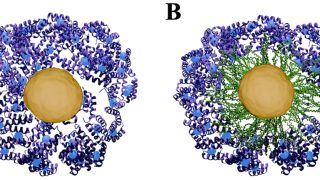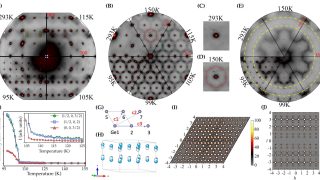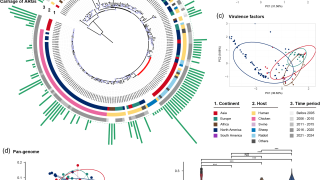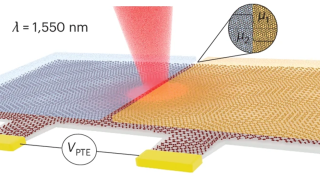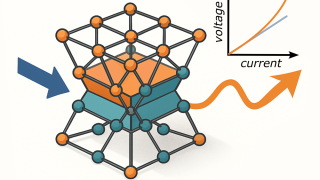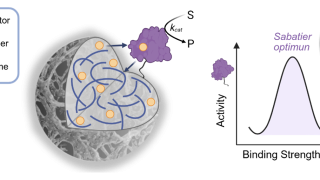
The sweet spot of self-sufficient heterogeneous biocatalysts
Biochemistry • Biotechnology • Catalysis • Chemical engineering • Chemistry
Authors: Fernando López-Gallego, Principal Investigator, Ikerbasque Professor and group leader at the Heterogeneous Biocatalysis Laboratory at CIC biomaGUNE; Ainhoa Oliden-Sánchez, Postdoctoral Researcher at the Heterogeneous Biocatalysis Laboratory at CIC biomaGUNE; Clara García-Gorro, Science Communication Manager at CIC biomaGUNE. Self-sufficient heterogeneous biocatalysts are emerging as powerful tools for greener, more efficient chemical manufacturing. By cleverly combining […]
